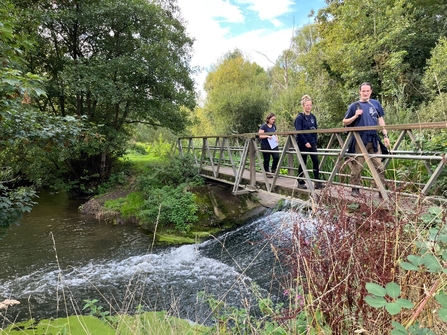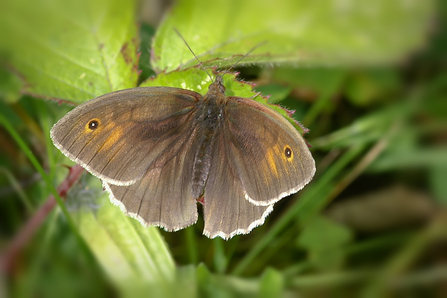Protecting breeding birds
Our conservation team, with the help of our dedicated volunteers, have been carrying out important wader habitat management at Two Tree Island nature reserve. By cutting back vegetation, nesting and roosting areas are created for waders by the lagoon. Additionally, beach-nesting birds like ringed plover, oystercatchers and little terns will hopefully enjoy the newly-laid shingle and sand on the islands – replicating their usual habitat and encouraging waders to breed.
Further along the coast, our conservation project at Blue House Farm nature reserve continues to develop with thanks to funding from Biffa Award. With the introduction of a predator exclusion fence, we are hopeful that waders like lapwing and redshank will successfully breed in this protected haven.






